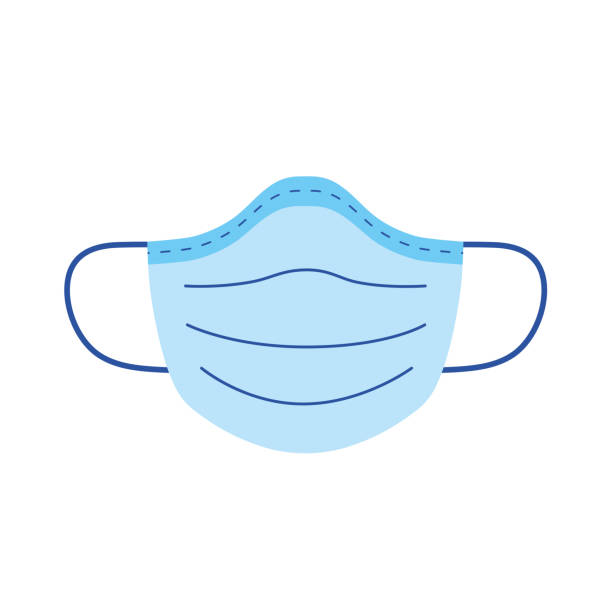Why are Public Face Covering Mandates Recommended?
A study completed by Marianne van der Sande, Peter Teunis and Rob Sabel shows face coverings reduce aerosol exposure over time for all sorts of activities (see resources below). They claim that any type of general mask is likely to decrease viral exposure and infection on a population level.
A Cochrane review on physical interventions to reduce the spread of respiratory viruses included 67 studies that were randomized controlled trials and observational studies. The study found “overall masks were the best performing intervention across populations, settings and threats.” The review recommended that the following interventions be implemented together to reduce transmission of viral respiratory disease:
- Frequent handwashing,
- Masks with filtration, and
- Testing with the isolation of likely cases.
Evidence suggests near-universal usage of face coverings when in public combined with other measures could successfully reduce Re (effective-R, the average amount of people each person goes on to effect) to below 1, reducing community spread if sustained. Economic analysis suggests that the impact of mask wearing could be thousands of dollars saved per person per mask.
Models suggest that public mask wearing is most effective at reducing spread of the virus when compliance is high. The Cochrane review recommends that mask use requirements are implemented by governments, or when governments do not, by organizations that provide public services, such as transit service providers or stores, as “no mask, no service” rules.

BC Transit has put up signs at its bus stops reminding passengers to wear a face covering when on transit to help stop the spread of COVID-19.
What are the Potential Drawbacks of Mandatory Masking?
One criticism of mandatory masking is that it may cause people to have a false sense of security and engage in risky behavior which could increase exposures. Similar arguments have previously been made for HIV prevention strategies, motorcycle helmet laws, seatbelts and alpine skiing helmets. Data has shown that risk compensation behaviors have not been significant on population level and have been outweighed by increased safety in each of these cases. Researchers believe that the same will be the case with mandatory masking, the increased safety of the measures will outweigh the risky behaviors.
The key is proper communication that masking is part of a series of measures meant to reduce risk. There is no silver bullet solution that makes interacting in public completely risk free, but combined measures reduce the risk to a more acceptable level.
Another concern is that dirty masks may cause infections. A study in Vietnam was completed involving health care workers and indicated reuse of cloth masks result in increased risk of infection. They acknowledged further research is needed for widespread use of cloth masks globally, but for healthcare workers in high-risk situations, cloth masks should not be recommended. The concern is that in a high-exposure environment the masks become contaminated and self-contamination is possible during repeated use and improper doffing.
For the general public, the exposure should not be as high-risk as it is in healthcare, so the contamination should be significantly lower and cloth masks are still considered acceptable. It is highly recommended that cloth face coverings be cleaned or changed daily to mitigate this issue.
Resources
Van der Sande, Teunis and Sabel: Professional and Home-Made Face Masks Reduce Exposure to Respiratory Infections among the General Population – NCBI – 2008 https://bit.ly/3glEy5m
Cochrane review – Physical interventions to interrupt or reduce the spread of respiratory viruses – 2011 https://bit.ly/2VORXJM
Vietnam study – A cluster randomised trial of cloth masks compared with medical masks in healthcare workers – 2015 https://bit.ly/2IbHUv0
ISRP 2020: The Role of Respiratory Protection in Response to Coronavirus: European Response to SARS-Cov2 (COVID-19) Outbreak https://youtu.be/lyJGgZYCTAI

